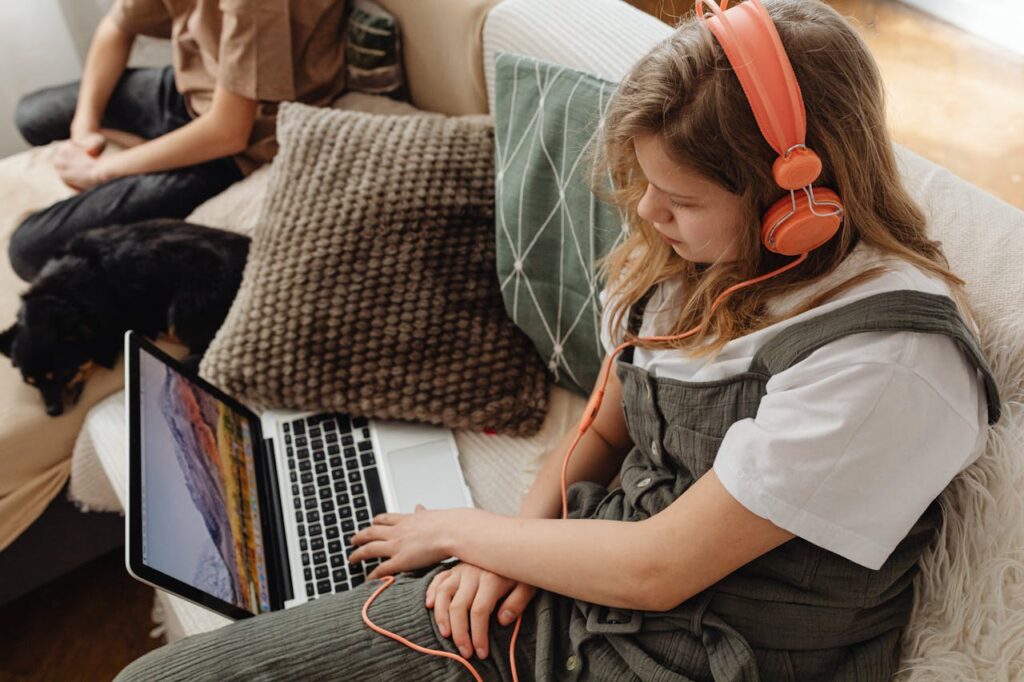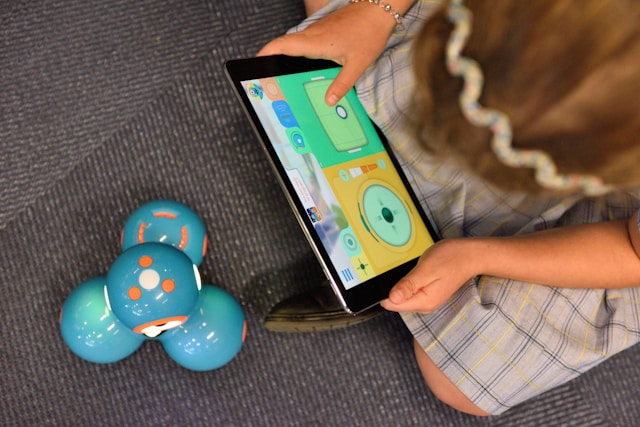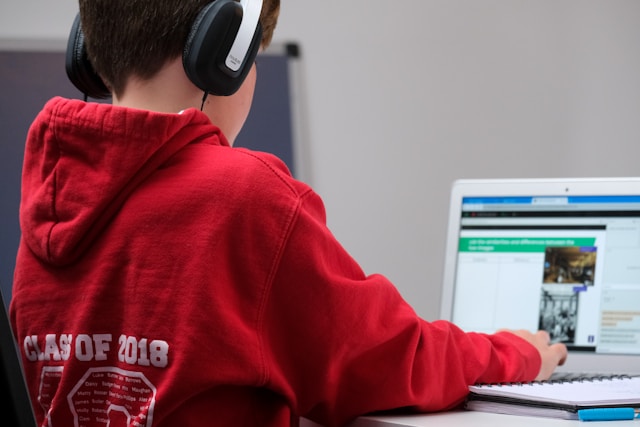
Bluetooth headphones are becoming more common for kids, whether it’s for listening to music, watching videos, or attending online classes. As parents, it’s natural to ask, Are Bluetooth headphones safe for kids? While these wireless devices offer convenience, they raise concerns about both health and safety. This article will break down the key risks, including exposure to radiation and hearing damage, and provide practical tips for parents to make informed decisions.
Bluetooth headphones use wireless technology to transmit sound from a device, like a smartphone or tablet, to the headphones. Unlike wired headphones, they don’t require any physical connection. Instead, Bluetooth uses low-energy radio waves to send signals. This technology has revolutionized convenience, but it’s important to understand how it works to fully assess potential risks.
A key concern with Bluetooth headphones is electromagnetic field (EMF) radiation. Bluetooth devices emit low levels of non-ionizing radiation, which is different from the higher levels emitted by other devices like cell phones. Many people worry about the health risks of prolonged exposure to EMF, but the truth is, the radiation from Bluetooth headphones is very low.
The radiation emitted by Bluetooth headphones is classified as non-ionizing, meaning it doesn’t have enough energy to remove electrons from atoms or molecules. This type of radiation is generally considered low-risk. When compared to other everyday devices, such as Wi-Fi routers or cell phones, the radiation from Bluetooth headphones is minimal. Despite ongoing research into the potential long-term effects of non-ionizing radiation, the current evidence shows no clear link between Bluetooth radiation and significant health risks. While it’s important to remain cautious and monitor new studies, there’s little indication that the levels of radiation emitted by Bluetooth devices are harmful at the levels we’re typically exposed to.
While the radiation levels from Bluetooth headphones may be low, there’s another concern: hearing health. Kids tend to listen to music or videos at higher volumes, often for long periods. Prolonged exposure to loud sounds can cause irreversible hearing damage. Research shows that listening to sounds above 85 decibels for extended periods increases the risk of hearing loss, and many Bluetooth headphones can easily reach these levels.
Children’s ears are more sensitive than adults’, which makes them more vulnerable to hearing damage. That’s why it’s crucial to monitor not just the volume level but also the duration of headphone use. Volume-limiting headphones are a good option, as they prevent the sound from exceeding safe levels. Many Bluetooth headphones for kids come with this feature, making them a safer choice.
To ensure Bluetooth headphones are safe for your kids, follow these practical tips:
Opt for Volume-Limiting Headphones: Choose headphones designed for kids that include a built-in volume limiter. These headphones typically restrict the volume to 85 decibels, a level that’s considered safe for prolonged listening.
Encourage Breaks: Encourage your child to take breaks from headphones every hour. Following the “60/60 rule”—listening at 60% volume for no more than 60 minutes—helps protect their hearing in the long run.
Monitor Usage: Keep track of how often and how long your child uses Bluetooth headphones. Setting limits on daily usage reduces the risk of hearing damage.
Ensure a Comfortable Fit: Poorly fitting headphones can lead to discomfort, which may cause your child to increase the volume. Make sure the headphones are comfortable and fit properly.

If you’re still unsure about Bluetooth headphones, consider these alternatives. Wired headphones are a great option as they don’t rely on wireless signals, meaning no exposure to EMF radiation. However, they still carry the risk of hearing damage if used at high volumes.
Another alternative is using external speakers. This allows your child to enjoy their favorite media without headphones. While this may not be as private or convenient as Bluetooth headphones, it eliminates concerns about hearing damage and EMF exposure altogether.
Are Bluetooth headphones safe for kids? The short answer is yes, but it depends on how they’re used. The radiation emitted by Bluetooth devices is minimal and falls within safe levels. However, hearing damage is a real risk, especially if headphones are used for long periods at high volumes.
By following the tips above—choosing volume-limiting headphones, encouraging breaks, and monitoring usage—you can help ensure your child’s safety while still allowing them to enjoy their wireless devices. With a bit of attention and care, Bluetooth headphones can be a safe and enjoyable option for kids.


